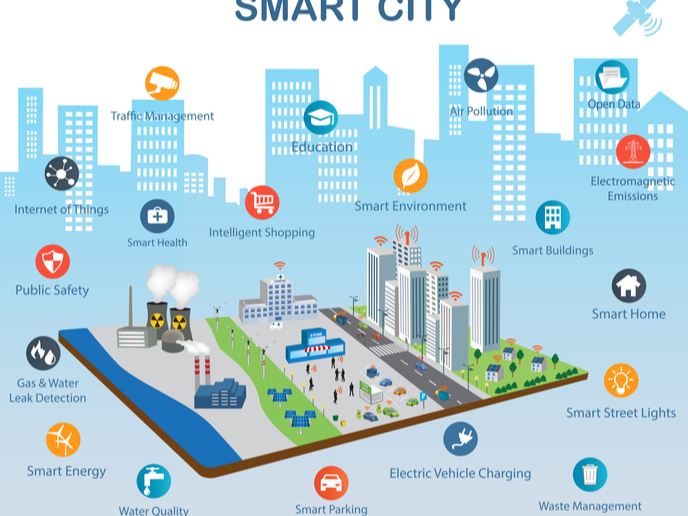Speeding up the transition towards sustainable cities
In a rapidly urbanising world, the concept of smart cities is increasingly being used across Europe to improve the quality of life for citizens. Thanks to several EU-funded projects, such as MAtchUP, Sharing Cities and REMOURBAN, various steps have been taken in energy, mobility and ICT sectors to create more liveable and sustainable cities. The GrowSmarter project has also set its eyes on transforming urban environments. It’s using three lighthouse cities (Stockholm, Cologne, Barcelona) to showcase 12 smart city solutions to encourage their uptake in other cities and communities. The project focuses on three areas: low-energy districts, integrated infrastructures and sustainable urban mobility. “The idea is to create a ready market for these smart solutions to support growth and the transition to a smart, sustainable Europe,” the project website states. In a news item on the ‘Government Europa’ news portal, project coordinator Gustaf Landahl, Head of Department for Planning and Environment at the City of Stockholm Environment & Health Administration, says: “Around one third of Europeans live in buildings from the 1960s and 70s, which are all in need of renovation.” He adds: “Under GrowSmarter, buildings from the 60s have been refurbished to meet newly built energy standards. If we see this potential, we can start putting in solutions to save energy and give people better instruments to control their own use of energy.”
Better waste and heat management
Landahl also points to the need for improving waste management and more efficient use of heat in cities. He explains how Stockholm launched “a new business model where the district heating company can buy the excess heat produced by facilities like server halls and grocery stores – this heat can then be used instead of primary energy.” For issues related to transport and mobility, he says: “It is not just the number of cars in cities but the increasing flow of goods: people are buying four pairs of shoes on the internet and sending back three of them, which is increasing the flow of goods traffic. We hope to tackle these challenges with the 12 GrowSmarter solutions.” The five follower cities involved with GrowSmarter are Valetta, Suceava, Porto, Cork and Graz. Building upon the experiences of lighthouse cities, follower cities have been developing measures and a replication plan suitable for their local needs. According to the EU-funded platform Smart Cities Information System, the European Lighthouse community consists of 14 projects that are driving the smart and sustainable city movement in Europe and beyond. These include 40 lighthouse and 53 follower cities where private and academic partners work on implementing innovative solutions in the fields of energy, ICT and mobility. As explained on CORDIS, the Lighthouse cities are “a means to contribute to solving city challenges and create validated business cases to initiate a market roll out of the smart solutions to Follower cities, and to the rest of the European market, thus helping Europe Grow Smarter. The 12 solutions are designed to meet the three pillars of sustainability: economic, social and environmental concerns.” For more information, please see: GrowSmarter project website
Countries
Sweden



